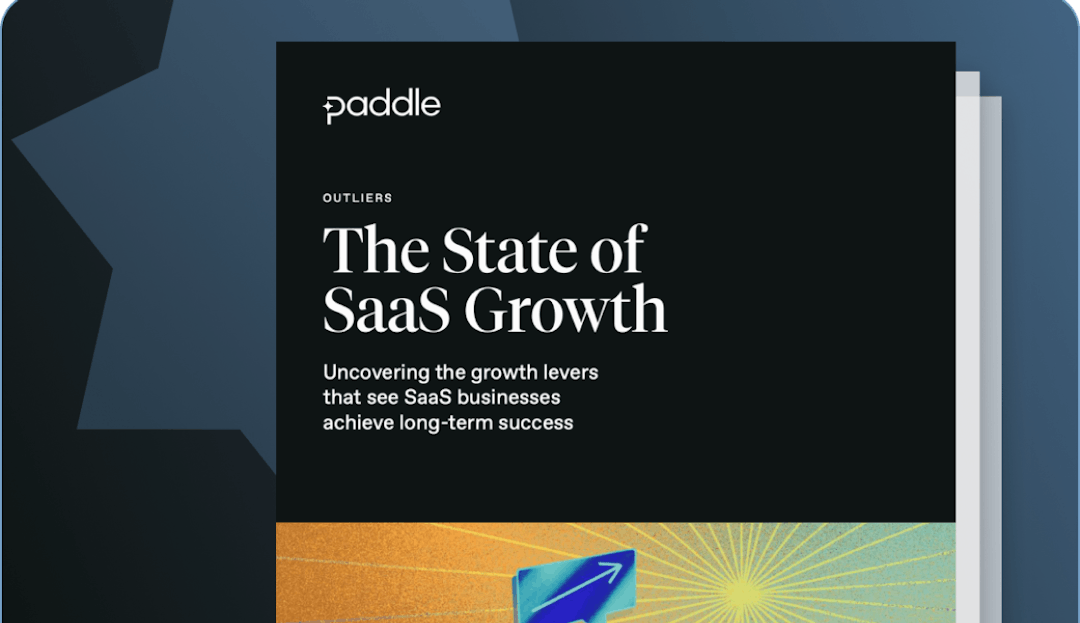
Achieve customer-centricity by personalizing customer interactions and opening up more relevant channels of communication.
What does customer-first growth look like?
Being customer-first means putting the needs and requirements of a customer ahead of anything and everything else. Customer-first growth for your business, therefore, involves valuing the needs and requirements of a customer by actively helping them - even at the expense of your own short-term goals.
It’s important to acknowledge that customer needs and requirements are always shifting and evolving, so it’s important to keep up, focusing on the changes that will make the biggest impact for your customers first. If you’ve outgrown your initial customer messaging platform, for example, it’s advisable to prioritize setting up a new system over launching a new product. Your customers won’t want any of your products or services if they’re not being heard.
See things from your customers’ perspective
It’s extremely valuable to understand your customers’ requirements and pains. When you are fully acquainted with what your customers are turning to your solution for, it becomes your competitive advantage. Time spent understanding your customers’ perspectives is never time wasted.
Our CEO Christian Owens set up Paddle having experienced the pains of billing firsthand as a customer. He wanted to solve the hassle of billing and licensing that many software developers experience when selling their products and help other businesses unlock their potential.
We believe that real customer-first growth is not just knowing who your customers are on a superficial level, but really digging deep into their motivations, triggers, and what they care about. With this information, you can drive customer understanding into every facet of your business and make better decisions, from what new features customers are crying out for to how best to market to potentials.
“Time spent understanding your customers’ perspective is never time wasted”
The customer-first growth framework
There are four main considerations when implementing a customer-first strategy in your business. It’s important not to view these as individual measures, however. Rather, they’re stages of an ongoing loop that you can use as a guide, whether you’re looking to improve your product, launch new features or ensure your focus is on your customers and their needs.
1. Customer understanding
This initial stage is all about developing customer understanding. This could be through customer interviews, online surveys, or by reviewing support conversations. If you want to understand how a lion hunts, don’t go to the zoo. Find your customers in their natural habitat and observe their wants and needs.
2. Value proposition
How do your initial findings impact your value proposition? Based on what your business offers and what your target audience wants, you can ascertain your ideal customer. What pains does your solution solve for them? What level of experience do they have with a product like yours? Where does your product fit into their world? Most importantly, how do we help them succeed?
3. Go to market
Based on your findings so far, this stage is about asking how you can take your product to market. What is the most customer-centric way to advertise and sell your product or service? How can your marketing campaign add value to your potential customers and tap into their expectations? In short: how can you clearly and sincerely convey that your product or service will solve the issues they’re dealing with presently?
4. Feedback
Arguably the most important stage, hearing and interpreting customer feedback is crucial for a successful customer-first business. You can’t necessarily take feedback at face value, so this part can involve some uncomfortable self-reflection and digging deep to discover what needs improvement. If an email campaign didn’t go well, it’s important to move past quick conclusions like “the call to action wasn’t clear enough” and delve into what you misunderstood about your customers. Then ask yourself: what does make my customers tick? What makes them interested enough in an email subject or a call to action that they’ll click because they want to?
Your customer-first action plan
Here’s the framework at a glance so you can move through the stages and note the areas that need more attention in your SaaS company:
- Commit to valuing the needs and requirements of your customer
- Learn more about your customers: speak to them, email them, visit them, analyze them
- Review your value proposition through their lens
- Look for opportunities in your go-to-market.
- Interpret feedback and results from your customer’s view, not yours.



